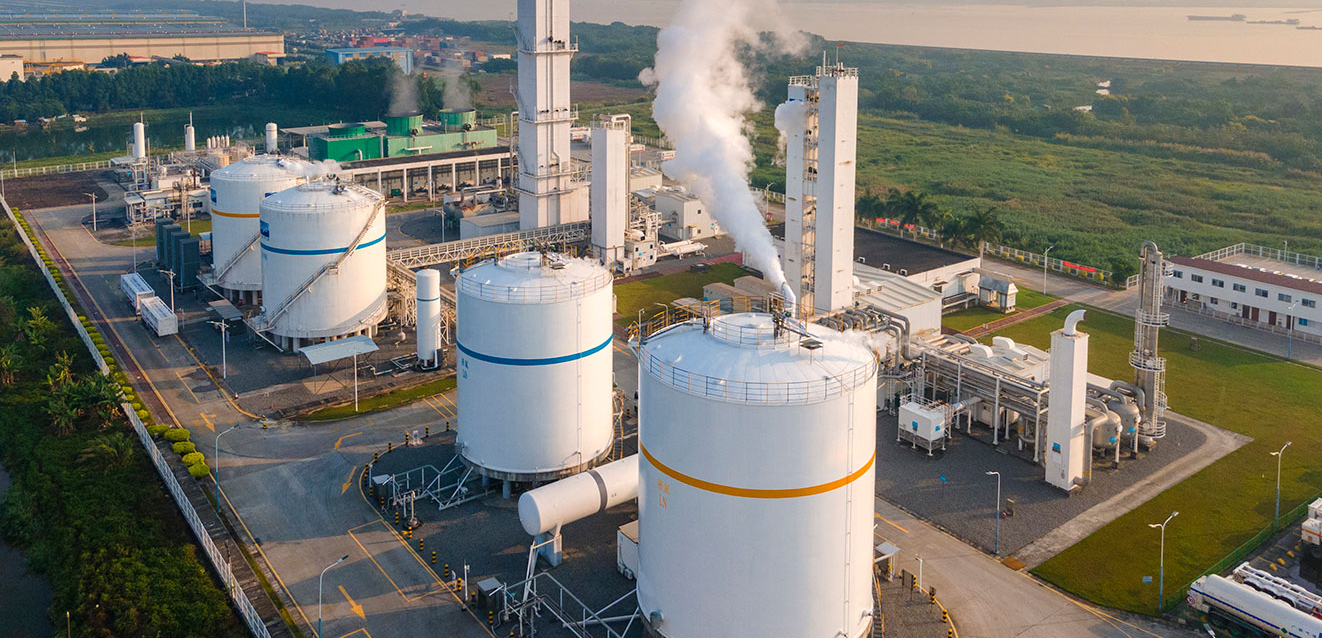In the current economic situation, reducing costs and increasing efficiency has become an important strategy for enterprises to pursue sustainable development. As an effective means of energy conservation and consumption reduction, waste heat recovery systems are gradually becoming a "weapon" for enterprise transformation and upgrading.
In the industrial production process, a large amount of heat is discharged into the environment in the form of waste heat, which not only causes energy waste but also increases the operating costs of enterprises. According to statistics, the waste heat resources in China's industrial sector account for approximately 17% -67% of the total fuel consumption. By using a waste heat recovery system to convert this waste heat into usable energy, the energy-saving potential of enterprises is enormous.
The waste heat recovery system uses efficient heat exchange equipment to recover and reuse the waste heat generated during the production process of the enterprise, which is used in heating, power generation, heating and other fields. Its advantages are as follows:

Energy conservation and emission reduction: The waste heat recovery system can effectively reduce energy consumption, decrease pollutant emissions, and help enterprises achieve green production.
Improving economic efficiency: By recycling waste heat, enterprises can reduce energy procurement costs, improve energy utilization efficiency, and increase economic benefits.
Stable production environment: The waste heat recovery system helps maintain stable temperature in the production workshop and improve product quality.
Easy to integrate: The waste heat recovery system can seamlessly integrate with existing production lines without affecting the normal production of the enterprise.
Steel companies have achieved significant results by adopting waste heat recovery systems
Project background: The enterprise generates a large amount of high-temperature flue gas during the production process, which was previously directly emitted, resulting in energy waste.
Project implementation: The enterprise has installed a waste heat recovery system to recover heat from high-temperature flue gas for heating and warming purposes.
Project effectiveness: Through waste heat recovery, the enterprise saves millions of yuan in energy costs annually and reduces carbon dioxide emissions by thousands of tons.
With the continuous emphasis on energy conservation and emission reduction in China, waste heat recovery systems have been widely used in various industries. In the future, enterprises can further promote waste heat recovery systems through the following measures:
Policy support: Actively strive for preferential policies to reduce the initial investment costs of enterprises.
Technological innovation: Strengthen cooperation with research institutes and continuously improve the technical level of waste heat recovery systems.
Cross border cooperation: Join hands with other industry enterprises to explore the application of waste heat recovery technology in more fields.
The waste heat recovery system provides strong support for enterprises to achieve cost reduction, efficiency improvement, and green development. In the context of the new era, enterprises should seize opportunities, fully leverage the advantages of waste heat recovery systems, and contribute to the development of China's green economy. Let's join hands and create a better future together!







Comment